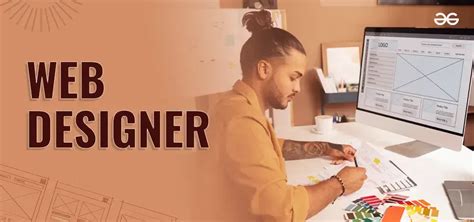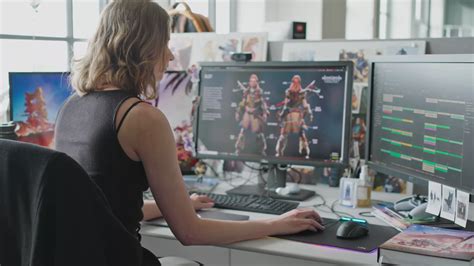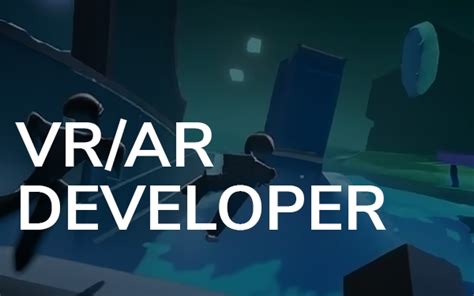Unleash Your Creativity with Thrilling Tech Jobs
In the digital age, the lines between art and technology blur, giving rise to a captivating realm of creative technology jobs. These roles harness the power of innovation to transform ideas into tangible creations that shape our world.
Bridging the Gap Between Art and Tech
Finding your dream job can be a daunting task, especially when you're passionate about both creativity and technology. Creative technology jobs offer the perfect solution by blending these disciplines seamlessly, allowing you to express your artistic flair while utilizing cutting-edge technology.
Who We Seek
We're on the lookout for individuals who possess a unique blend of artistic talent and technological prowess. If you're a visionary designer, a skilled animator, or a code wizard with a penchant for aesthetics, we invite you to explore our creative technology job opportunities.
A World of Innovation at Your Fingertips
Working in creative technology means constantly pushing the boundaries of design and functionality. You'll have the chance to collaborate with talented professionals, experiment with emerging technologies, and create groundbreaking products that enhance our daily lives. From designing immersive virtual experiences to developing cutting-edge apps, the possibilities are endless.
Creative Technology Jobs: A World of Innovation and Inspiration
Introduction
The intersection of creativity and technology has given rise to a plethora of captivating career paths known as creative technology jobs. These professions blend artistic flair with cutting-edge technology to create transformative experiences that inspire and engage audiences.
Subheading 1: Graphic Designers 
Graphic designers bring visual concepts to life, creating stunning designs for websites, brochures, logos, and other marketing materials. They possess a keen eye for aesthetics and a deep understanding of user interface principles.
Subheading 2: Web Designers 
Web designers are responsible for conceptualizing and developing visually appealing and functional websites. They combine their artistic skills with knowledge of coding languages to create user-friendly and engaging online experiences.
Subheading 3: Digital Artists 
Digital artists use digital tools to create original illustrations, animations, and 3D models. They combine their artistic vision with technical expertise to bring their ideas to life on digital canvases.
Subheading 4: UX Designers 
UX designers focus on creating seamless and intuitive user experiences for websites, apps, and other digital products. They combine psychology, design principles, and user research to ensure that users have positive and memorable interactions.
Subheading 5: Game Developers 
Game developers bring the magic of gaming to life. They design and develop video games, ranging from casual mobile apps to immersive console experiences. They blend creativity with technical prowess to create worlds that captivate and entertain players.
Subheading 6: AI Engineers 
AI engineers specialize in developing and implementing artificial intelligence systems. They work at the forefront of technology, creating algorithms and models that automate tasks, enhance decision-making, and drive innovation.
Subheading 7: Sound Designers 
Sound designers create and manipulate sound effects, music, and atmospheres for various media, such as films, video games, and podcasts. They use their auditory creativity and technical expertise to enhance the immersive experience for audiences.
Subheading 8: Video Producers 
Video producers are responsible for conceptualizing, planning, and executing video content. They work with videographers, editors, and other professionals to bring stories to life through the power of moving images.
Subheading 9: VR/AR Developers 
VR/AR developers create immersive experiences using virtual reality (VR) and augmented reality (AR) technologies. They combine technical expertise with creativity to design and develop interactive worlds that transport users to new realms.
Subheading 10: Creative Coders 
Creative coders blend coding skills with artistic vision to create interactive experiences that defy traditional boundaries. They use coding as a medium of expression, producing visually stunning and engaging digital artworks.
Subheading 11: Emerging Trends in Creative Technology Jobs
The field of creative technology is constantly evolving, with new and emerging technologies creating even more opportunities. Some of the latest trends include:
- Immersive storytelling using VR/AR
- Generative AI for content creation
- Blockchain-based digital art
- AI-driven personalized experiences
- Gamification in various industries
Conclusion
The world of creative technology jobs offers a captivating blend of creativity and innovation, where individuals can harness their artistic talents and technical skills to create transformative experiences. These professions provide ample opportunities for growth, fulfillment, and the chance to make a meaningful impact on the world through the power of technology.
Frequently Asked Questions
1. What is the earning potential for creative technology jobs?
The earning potential varies depending on the specific job title, experience, and industry. However, many creative technology jobs offer competitive salaries and attractive benefits packages.
2. What are the educational requirements for creative technology jobs?
Most creative technology jobs require a bachelor's degree in a related field, such as computer science, graphic design, or digital arts. Some employers may also consider candidates with relevant work experience or portfolio of projects.
3. What are the in-demand creative technology skills?
In-demand skills include proficiency in design software, coding languages, user interface design principles, and knowledge of emerging technologies like AI and VR/AR.
4. How can I break into the creative technology industry?
Networking, showcasing your portfolio, and gaining practical experience through internships or freelance projects can enhance your chances of landing a role in the industry.
5. What are the career advancement opportunities in creative technology?
With experience and continued learning, individuals can progress to leadership roles, such as creative director, UX manager, or technical lead. Other career paths include founding startups or specializing in specific domains, such as healthcare or education.
Post a Comment for "Unveiling the Cutting-Edge: Exploring Creative Technology Careers"